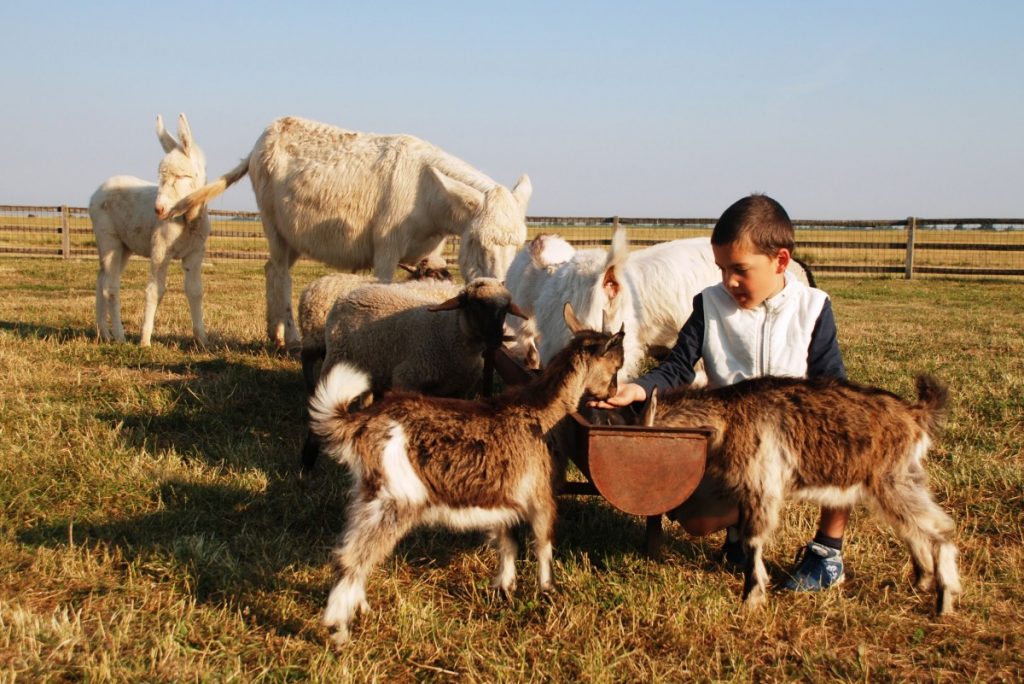After 24 years of waiting, undisturbed areas will finally be established in Hortobágy, the WWF has announced.
Based on a new decree, the Hortobágy National Park will be the first in Hungary to establish a zoning system in accordance with international practice, which will determine what type of land use is possible in each part of the protected area.
In the “core area” as according to the international practice, the basic goal is to ensure that wildlife can remain undisturbed, with as little human intervention as possible.

WWF Hungary launched a campaign in 2012 against the planned logging in the Csarna Valley in the Danube-Ipoly National Park. The NGO then drew attention to the fact that despite the existence of national parks in Hungary since the 1970s, truly untouched areas are still lacking. Logging, grazing, and arable farming, albeit with some restrictions, have remained within the boundaries of protected areas. Meanwhile, purely undisturbed habitats are needed for the survival of rare and endangered species, such as lynx, black storks, and meadow eagles.
“We appreciate the efforts of the Ministry of Agriculture, which resulted in the creation of the first national park in Hungary that meets international professional criteria. In addition to salt steppes and swamps, the Tilos Forest in Újszentmargita also became part of a nature zone. We are giving back an iconic piece of landscape to nature as our predecessors might have seen it,” said László Gálhidy, WWF Hungary’s Forest Program Manager.
He added that there will be no more traditional land-use, such as grazing or logging, in the six undisturbed areas of the Tihany Peninsula, but nature-loving tourists can still visit as long as the rules are followed. WWF hopes that the progress that has been made in Hortobágy might hopefully soon continue in our other national parks, and similar zones may be established in Bükk, Gemenc, Őrség, and Kis-Balaton. Experts are very much looking forward to exempting Csarna Valley, Hungary’s largest untouched forest area, from logging to offer a unique, attractive terrain for ecotourism.
Nature-loving tourists can still visit these areas as long as the rules are followed.